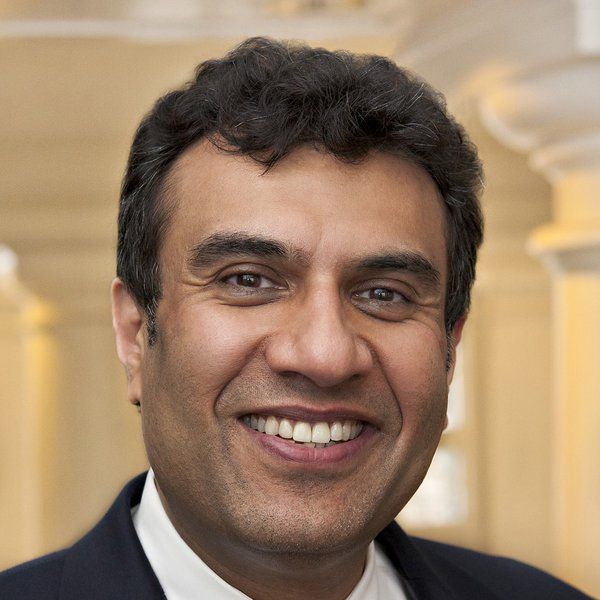Video
Impact of Heart Failure on Survival
Author(s):
Muthiah Vaduganathan, MD, MPH, comments on the impact of recurrent rehospitalizations for heart failure on survival.
James Januzzi, MD: Let’s turn to Dr Vaduganathan, heart failure hospitalization or let’s talk maybe even more broadly about heart failure itself, even earlier stage heart failure, how does it impact survival? Let’s say you’ve got a patient and you’re talking to one of your colleagues and they say “They’re on minimal therapeutic program, but they’re stable.” How do you respond to that?
Muthiah Vaduganathan, MD, MPH: Unfortunately despite patients not experiencing substantial symptoms, their life trajectory is substantially altered once the disease process takes place and after onset. It’s estimated that current survival on minimal medical therapy is on the order of 10 to 12 years after initial diagnosis. That can significantly be modified with contemporary medical therapies which we’ll review, but once patients progress, especially after that index hospitalization event, that trajectory of disease bends for the worse. Within 5 years of that first hospitalization for heart failure, about 3 out of 4 patients unfortunately die, and that’s irrespective of ejection fraction, whether reduced ejection fraction, mildly reduced or preserved.
James Januzzi, MD: That’s really helpful, and what about rehospitalization? Let’s say you have someone that was treated, maybe didn’t get adequate therapy in the hospital or had inadequate follow up and they get rehospitalized. How does rehospitalization impact survival?
Muthiah Vaduganathan, MD, MPH: Each additional hospitalization that a patient experiences has an incremental effect on reducing residual life expectancy. Those patients that we see with recurrent heart failure hospitalizations are our highest risk patients, and in many health systems, they’re in fact the highest risk patients that we see in clinical practice.
James Januzzi, MD: Out of your own institution, Rob, there are data both early in the 2000s suggesting that with each hospitalization and repeat the mortality essentially doubled. This concept of heart failure being at the pinnacle of risk in cardiology is something that has taken a really long time for people to come around to. Also from Duke, Stephen Greene, from your group has a really great message that he shows which is we treat our high-risk acute coronary syndrome patients with incredible urgency. We get them in the cath lab [cardiac catheterization lab], we get them on the pattern medical therapy that we do for every ACS [acute coronary syndrome] patient, and yet the highest risk patient with ACS is actually lower in risk than a stable “heart failure patient.” How would you respond to that?
Robert J. Mentz, MD: You’ve underscored this important piece that there is no stable patient with heart failure. There’s still work we need to do to make sure that we can optimize their therapies as we’ll get into for starting and titrating a number of these medications to improve their course.
James Januzzi, MD: It’s all about improving their stability before these decompensations happen.
Transcript edited for clarity




